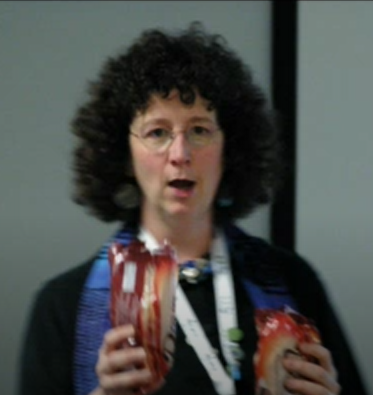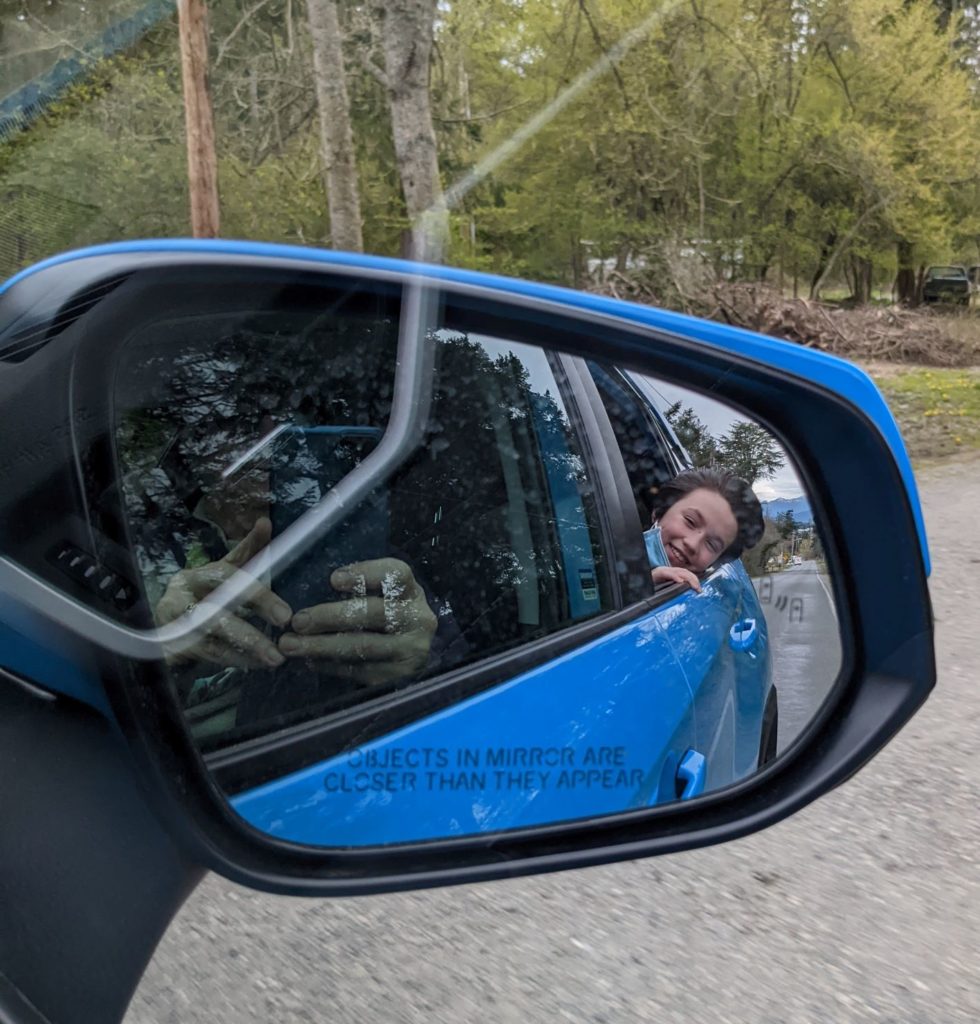Hey friends, at least the seven of you who still read here – wink wink. I’m working on some writing about doing Liberating Structures online and one section which needs inspiration is a short section on hybrid gatherings. I last wrote about hybrids in 2013 so it has been a while. I’d love any of your favorite pointers. THANKS IN ADVANCE!
UPDATE: Please read the fab comments from my friends below. There is actual useful insight but it is in the comments!!!
Category: online interaction
Jon Lebkowsky, Scoop Sweeny & I Ponder Online Community
If you need something in your ears for an hour, us geezers pontificated last week. It was fun. There are a few people I quoted without attribution and I need to go find those sources of inspiration. I think Patti Digh pointed to someone who wrote about un-developing. That’s the one I want to find. I hope I was not too cynical…
Nancy White: Life Online
Beck Tench and Zen of Zooming
I was so, so, so sure I had blogged about this wonderful online practice shared in 2020 by the amazing Beck Tench. But when I went to find it to reshare, I could not find it in my archives. So today I am getting this on the blog!
On Zoom we have all these little windows into others’ faces (if their camera is on). It is oddly a great place to do portrait sketching as a way to see, to pay attention, to shift out of monkey-mind. Beck pulled this practice from her reading of Frederick Franck’s The Zen of Seeing: Seeing/Drawing as meditation.
Go to Beck’s post and read how to do it. https://www.becktench.com/blog/2020/7/26/the-zen-of-zooming
Then if you get to try it with others, I’d love to hear your impressions.
I found it really helpful to get out of my “solve the problem now” habits. To really look at another which I’m not sure we do as well online as we might F2F. When we HAVE shared our sketches with each other in all their glorious imperfections (you sketch WITHOUT looking at the sketch) we laugh, we wonder, even blush. It is a very human moment for me.
I’ll put some of my sketches below.



Comparing F2F and Online Idea Generation – broaden our focus!
Earlier this month on the KM4Dev email list, one of my colleagues pointed to a study comparing F2F and online idea generation in the journal Nature and concluding F2F produced better results.
Virtual communications curbs creative idea generation, by Melanie S. Brucks and Jonathan Levav was a fascinating read. The authors did more to test their hypothesis compared to other studies I’ve read which claim one environment or other is better for some function. I take them with the proverbial grain of salt. This one got me thinking more deeply. Here is a bit from their summary:
Departing from previous theories that focus on how oral and written technologies limit the synchronicity and extent of information exchanged4,5,6, we find that our effects are driven by differences in the physical nature of videoconferencing and in-person interactions. Specifically, using eye-gaze and recall measures, as well as latent semantic analysis, we demonstrate that videoconferencing hampers idea generation because it focuses communicators on a screen, which prompts a narrower cognitive focus. Our results suggest that virtual interaction comes with a cognitive cost for creative idea generation.
Brooks and Levav
Narrower cognitive focus! In the example studies, they talked about the power of objects around is in a physical room to help us get creative. We limit those options when we diligently focus on the screen online. Wait, we focus on the screen because that is what we have habituated as proper virtual behavior. “Focus on the screen! Avoid distractions! And then we lose a bit of ourselves. Have you ever had that experience at the end of a Zoom where you have to reground yourself in your physical space?
Broader cognitive focus! Our habits impact our participation and our results. What if it is our lack of imagination and attention to what full presence and participation means that hampers us? What if we invited ourselves to use our F2F external environment WHILE attending to the screen? What if stepping away from the screen was part of the idea generation practice which not only widened our visual cognitive focus, but reawakened our kinesthetic selves?
It is convenient to assume that environment trumps all. And thus we begin to bias our thinking about the issue of F2F vs online options and choices that are so top-of-mind these days.
Maybe we are asking the wrong questions. What if the question was “what kinds of focus most contribute to idea generation?” And THEN ask how that focus can play out across different environments. This might be a great area for experimentation!
Franzen: Technology Provides an Alternative to Love
Jonathan Franzen wrote in a NYTimes piece back in January of this year something that keeps haunting me. This quote may be beyond what is appropriate – and yet, go read the whole thing.
Let me toss out the idea that, as our markets discover and respond to what consumers most want, our technology has become extremely adept at creating products that correspond to our fantasy ideal of an erotic relationship, in which the beloved object asks for nothing and gives everything, instantly, and makes us feel all powerful, and doesn’t throw terrible scenes when it’s replaced by an even sexier object and is consigned to a drawer.
To speak more generally, the ultimate goal of technology, the telos of techne, is to replace a natural world that’s indifferent to our wishes — a world of hurricanes and hardships and breakable hearts, a world of resistance — with a world so responsive to our wishes as to be, effectively, a mere extension of the self.
Let me suggest, finally, that the world of techno-consumerism is therefore troubled by real love, and that it has no choice but to trouble love in turn.
Its first line of defense is to commodify its enemy. You can all supply your own favorite, most nauseating examples of the commodification of love. Mine include the wedding industry, TV ads that feature cute young children or the giving of automobiles as Christmas presents, and the particularly grotesque equation of diamond jewelry with everlasting devotion. The message, in each case, is that if you love somebody you should buy stuff.
A related phenomenon is the transformation, courtesy of Facebook, of the verb “to like” from a state of mind to an action that you perform with your computer mouse, from a feeling to an assertion of consumer choice. And liking, in general, is commercial culture’s substitute for loving. The striking thing about all consumer products — and none more so than electronic devices and applications — is that they’re designed to be immensely likable. This is, in fact, the definition of a consumer product, in contrast to the product that is simply itself and whose makers aren’t fixated on your liking it. (I’m thinking here of jet engines, laboratory equipment, serious art and literature.)
But if you consider this in human terms, and you imagine a person defined by a desperation to be liked, what do you see? You see a person without integrity, without a center. In more pathological cases, you see a narcissist — a person who can’t tolerate the tarnishing of his or her self-image that not being liked represents, and who therefore either withdraws from human contact or goes to extreme, integrity-sacrificing lengths to be likable.
via Technology Provides an Alternative to Love. – NYTimes.com.



